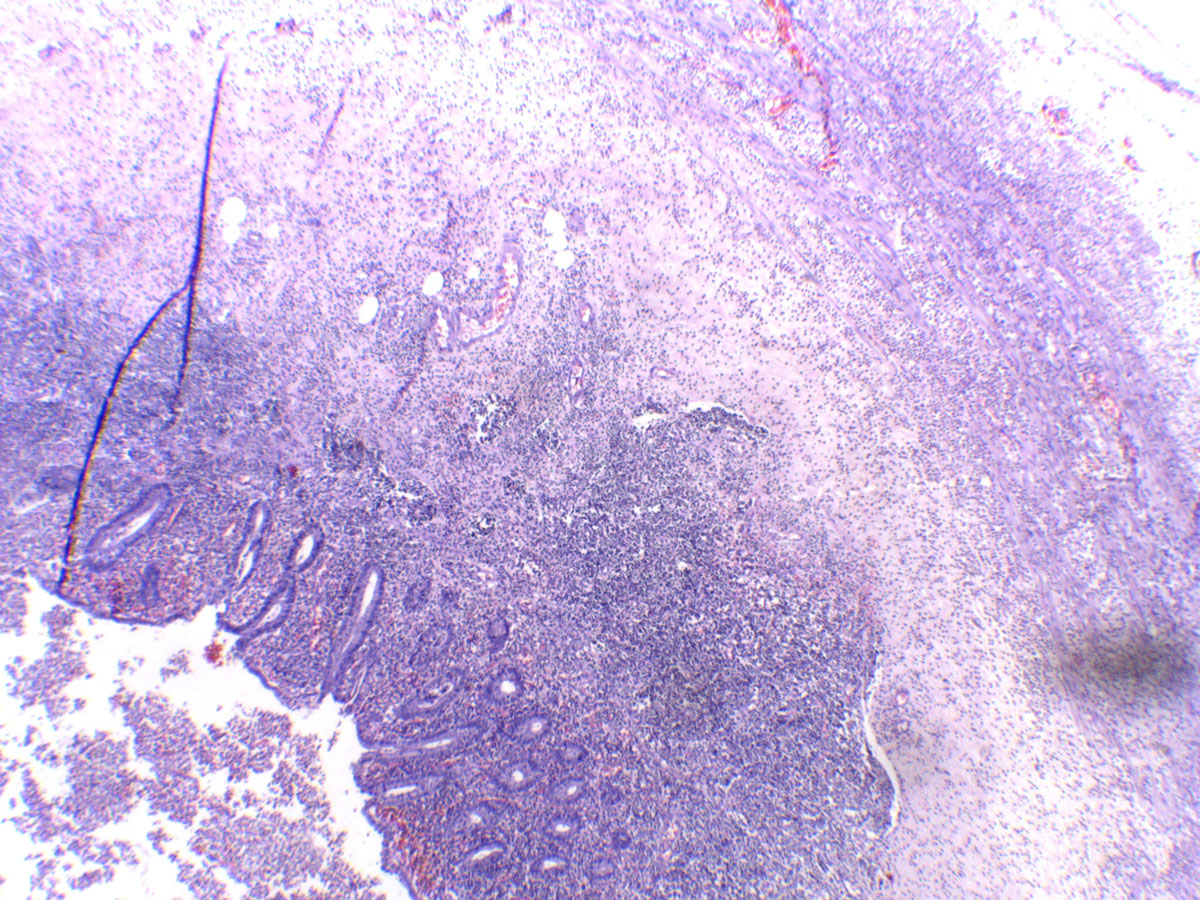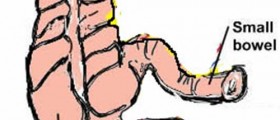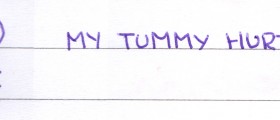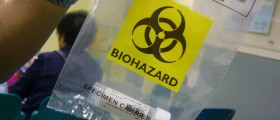
Appendicitis is also known as the inflammation of the appendix which is located at the very end of the colon. It is the acute condition and requires the immediate surgical intervention of taking out the affected appendix, and this procedure is commonly called appendectomy. This procedure is one of the most commonly performed and the condition is not so severe but the greatest problem is the fact that the symptoms can often indicate some different condition and because of that they can mislead the proper treatment for appendicitis.
Since the diagnosis is the major problem concerning this condition, the general symptoms of appendicitis are still worth mentioning. Those are the urge for vomiting, the high temperature of the body (but it is not always present and it is usually of a low rate) and the decreased appetite. But, the most prominent sign of appendicitis is the sharp sense of pain in the area of the lower abdomen is especially when pressed at a right angle. This pain is usually located below the belly button on the right side.
But, the painful area depends on the exact location of the tip of the appendix and that varies from person to person. Another problem of the anatomy of the appendix is that it can be located right next to the bladder, and in the case of pregnant women the location of the pain is undetermined. And this pain can become unbearable, but it gets usually less sharp when lying.
Among those first indicators of this condition, besides the abdominal pain and nausea, there are also conscious and unconscious reactions of contracting the abdominal muscles. This symptom makes the reaching of the diagnosis more difficult since it prevents the doctor from pressing the appendix.
The unconscious contraction makes the abdomen muscles stiff and not flexible all the time, and that is usually the sign that there is the case of already ruptured appendix. Also, if the hit at the opposite side of the abdomen forces the muscles from the right side to react, it is an early sign of appendicitis.
The urge for vomiting is the symptom that is closely related to the symptom of rejecting the food and nausea. Those three are the most reliable signs of appendicitis. Constipation, the problems with digestion and diarrhea can be also included as the following signs.
The less common symptoms are the painful scrotum (usually happens in children) and, in the adults, the bladder may become provoked because of the already explained anatomical problem. In that case, the blood in the urine will be probably noticed.

















Your thoughts on this
Loading...